Pohang Traditional Culture Center (포항전통문화체험관)
32.6M 2025-01-07
7 , Deokdongmunhwa-gil, Buk-gu, Pohang-si, Gyeongsangbuk-do
+82-54-280-9371~3
The Pohang Traditional Culture Experience Center is in a quiet village in Deok-dong, 40 minutes from downtown Pohang. It’s a place for learning about traditional local culture while enjoying beautiful natural surroundings. Here you can experience seodang schooling, calligraphy, a tea ceremony, natural dyeing, taekkyeon martial art, Nanta drumming, straw crafts and paper making - not to mention making (and eating!) tofu and rice cakes. The affordable hanok rooms are ondol-heated, with shared toilet and shower room.
Gabaewon (가배원)
123.2M 2024-02-21
12-2 Deokdongmunhwa-gil, Gibuk-myeon, Buk-gu, Pohang-si, Gyeongsangbuk-do
Gabaewon is a café located in Deokdong Village, renowned for its exceptional omija cha (omija tea). This tea is crafted from handmade omija preserves, aged for five years, resulting in a rich and deep flavor. Additionally, the café features hongcha (black tea) made from leaves sourced from Yunnan, China, as well as saenggang cha (ginger tea). It's an ideal place to savor a cup of tea amidst the cool breeze and fresh air of the forest.
Pohang Deokdong Culture Village (포항 덕동문화마을)
186.4M 2024-02-13
210 Odeok-ri, Gibuk-myeon, Buk-gu, Pohang-si, Gyeongsangbuk-do
Pohang Deokdong Culture Village is a picturesque traditional village, renowned for its stunning natural beauty and impeccably preserved old houses. This village has its roots in the Imjin War era, when Jeong Munbu, a civil official of the Joseon dynasty, bestowed his wealth upon his grandson-in-law after returning to Jeonju at the war's conclusion. The village is home to significant cultural properties, including Aeeundang Old House and Saujeong Old House, Yonggyejeong Pavilion, and the Deokgyeseodang Village School. It also houses a Folk Museum, a repository of historical artifacts handed down through generations. The museum's collection includes items such as traditional banknotes, slave ownership papers, and gat (Korean traditional hats), offering a window into the rich cultural heritage and history of the village and its families.
Gyeongsangbuk-do Arboretum (경상북도수목원)
8.8Km 2021-07-26
647, Sumogwon-ro, Jukjang-myeon, Buk-gu, Pohang-si, Gyeongsangbuk-do
+82-54-262-6100
The Gyeongsangbuk-do Arboretum was founded in September 17, 2001. The arboretum exhibits local plants from Ulleungdo, an island off Korea’s eastern coast that is home to a special ecosystem that includes rare trees and wildflowers. The arboretum has total of 24 gardens, including the Alpine Botanical Garden, Ulleungdo Native Plant Garden and Needle-leaf Tree Garden.
Cheongha Gongjin Market (청하공진시장 (1, 6일))
14.2Km 2025-10-23
6 Cheongha-ro 200beon-gil, Cheongha-myeon, Buk-gu, Pohang-si, Gyeongsangbuk-do
+82-54-232-4002
Cheongha Gongjin Market is a fifth-day market hold on dates ending in 1 and 6 of every month. From seafood to fresh produce and homemade food, it is full of shoppers and a variety of products. The market served as a filming site for the Gongjin Market in the drama "Hometown Cha-Cha-Cha." Information boards throughout the market clearly indicate the location of the "Hometown Cha-Cha-Cha" filming set and nearby tourist spots throughout Cheongha Market.
Yeongil Meat Restaurant (영일식육식당)
14.3Km 2025-10-29
5-8 Cheongha-ro 192beon-gil Cheongha-myeon, Buk-gu, Pohang-si, Gyeongsangbuk-do
+82-54-232-0660
A restaurant that actors and staff loved
This is a restaurant that actors and staff used to use while they were there for filming. The menu consists mainly of meat from various cuts, but it is fresh and of high quality, so there are many regulars. Among them, the most popular Stir-fried Pork is delicious when cooked over a fire and simmered in the soup. The side dishes provided when ordering are also neat and tasty.
Naeyeonsan Bogyeongsa Municipal Park (내연산보경사시립공원)
15.4Km 2025-01-08
533 Bogyeong-ro, Songna-myeon, Buk-gu, Pohang-si, Gyeongsangbuk-do
82-54-270-5566
Naeyeonsan Bogyeongsa Municipal Park is a scenic area that encompasses both the historic Bogyeongsa Temple and the majestic Naeyeonsan Mountain. The mountain, rising to a x_height of 710 meters, is renowned for its stunning natural beauty, characterized by twelve waterfalls cascading through a 14-kilometer-long valley. These waterfalls, coupled with towering rock walls ranging from 50 to 100 meters in x_height, such as Sinseondae Cliff and Haksodae Cliff, along with unique rock formations, create a breathtaking landscape. On the southern side of the mountain lies Bogyeongsa Temple, a significant religious site with origins dating back to the Silla period. The temple complex includes attached hermitages like Seounam Hermitage and Munsuam Hermitage. Notably, the temple houses treasured artifacts, including the stele and stupa of State Preceptor Wonjin.
Olive Young - Pohang Chogok Branch [Tax Refund Shop] (올리브영 포항초곡점)
15.6Km 2025-10-28
12 Chogokjigu-ro 58beon-gil, Heunghae-eup, Buk-gu, Pohang-si, Gyeongsangbuk-do
Dokrakdang House (경주 독락당)
16.6Km 2025-10-23
300-3 Oksanseowon-gil, Angang-eup, Gyeongju-si, Gyeongsangbuk-do
Situated approximately 700 meters from Oksanseowon Confucian Academy, a UNESCO World Heritage site, lies this traditional estate. “Gyejeong” featured in movie “Alienoid” is a separate annex from Dokrakdang House. The vista from the Daecheongmaru (wooden veranda) of Gyejeong, set atop a natural rock foundation, evokes the imagery of a classical Korean painting. Meander through Oksanseowon Confucian Academy, immersing yourself in Korean nature, and savor a Hanok stay within the esteemed Dokrakdang House, a residence that boasts a history surpassing 500 years.
◎ Travel information to meet Hallyu’s charm - "Captivating the King"
The iconic scenes of Lee In coming across Hee-soo playing go and Lee In dipping Hee-soo’s injured foot into the stream were all filmed in the beautiful scenery found in Dongnakdang House and the nearby valley. Enter the Gyejeong Pavilion in Dongnakdang House for a journey back in time.
Cheongsong Eoreumgol Valley (Cheongsong National Geopark) (청송 얼음골 (청송 국가지질공원))
16.9Km 2024-11-20
1 Naeryong-ri, Juwangsan-myeon, Cheongsong-gun, Gyeongsangbuk-do
Cheongsong Eoreumgol Valley is a gorge located on Juwangsan Mountain in Cheongsong. It is known for its warm winters and cool breezes in the summer, creating a mystical atmosphere. In May 2017, it was recognized for its geological value and certified as a UNESCO Global Geopark. During the summer, when the temperature exceeds 32 degrees Celsius, ice forms in the valley, melting when the temperature drops below 32 degrees Celsius. The area boasts impressive rock formations and stunning landscapes, attracting many tourists with its springs, and artificial falls.
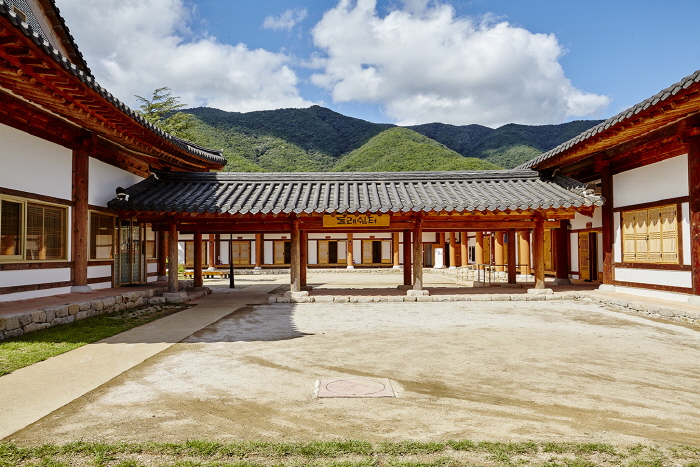
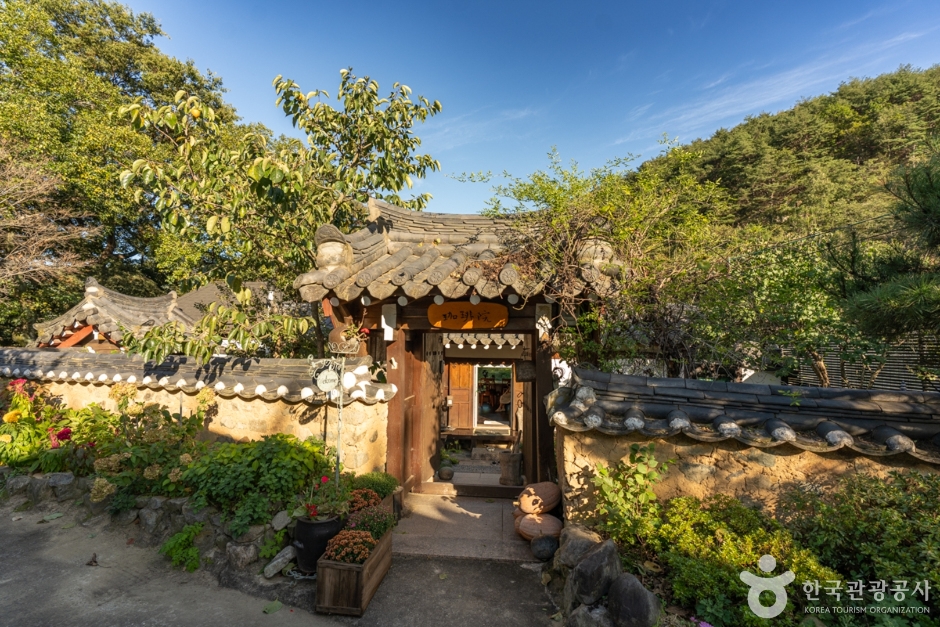

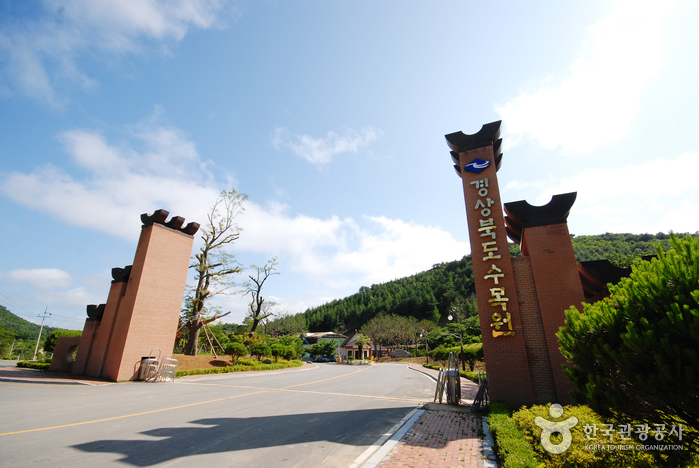
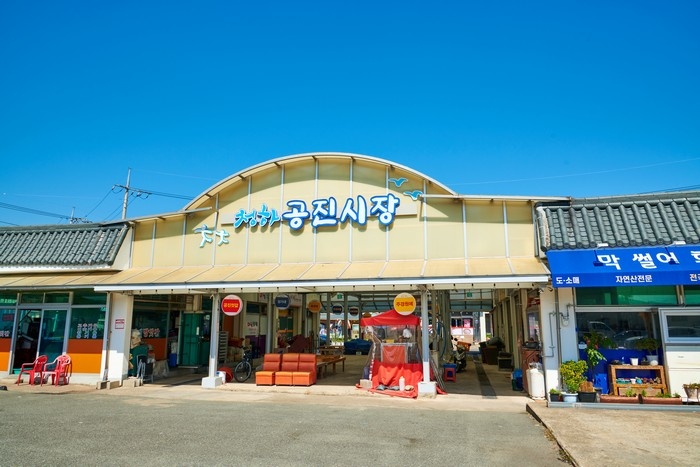

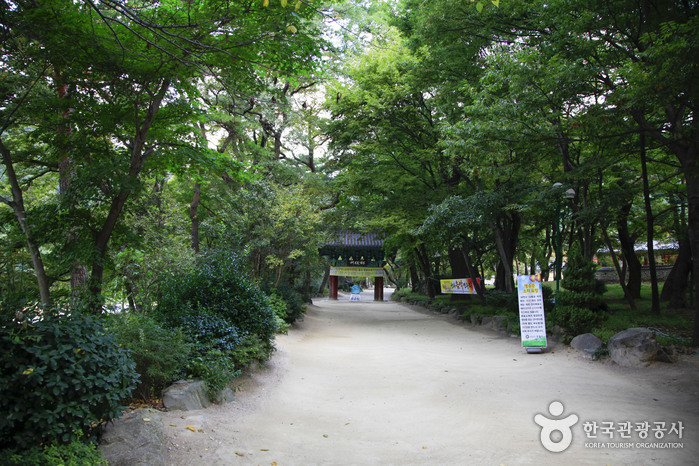
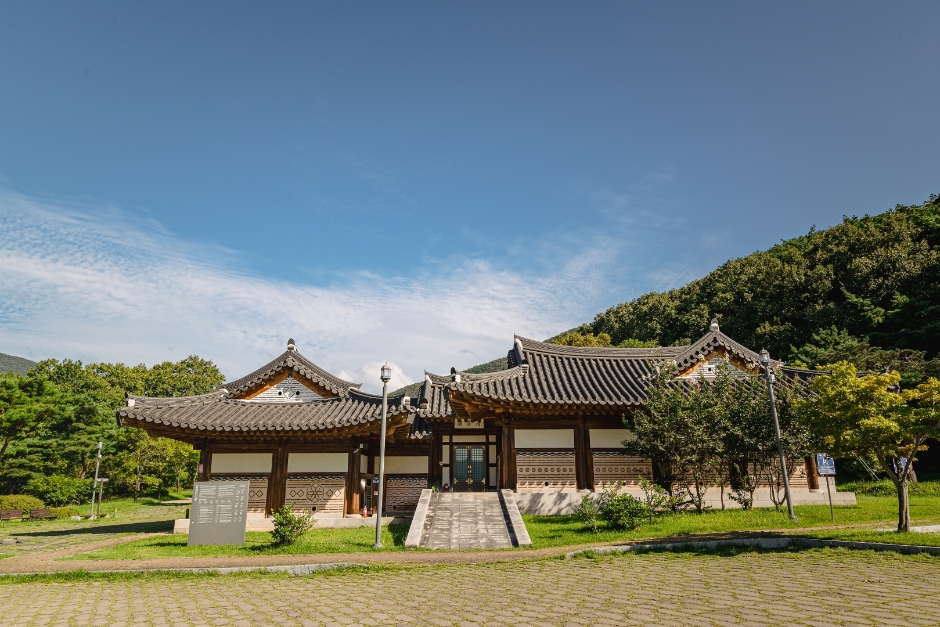
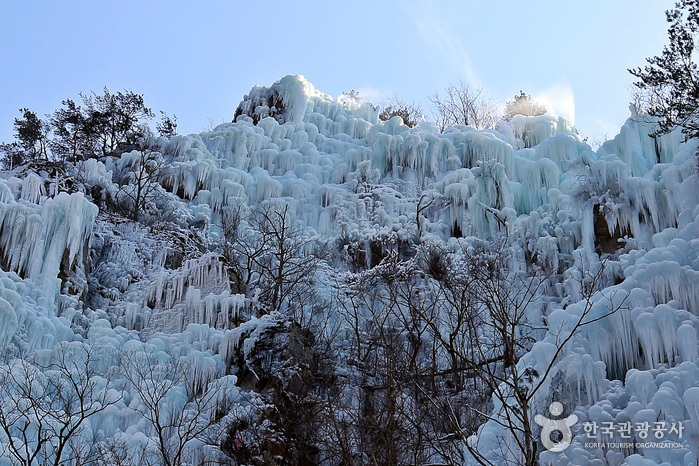
 English
English
 한국어
한국어 日本語
日本語 中文(简体)
中文(简体) Deutsch
Deutsch Français
Français Español
Español Русский
Русский